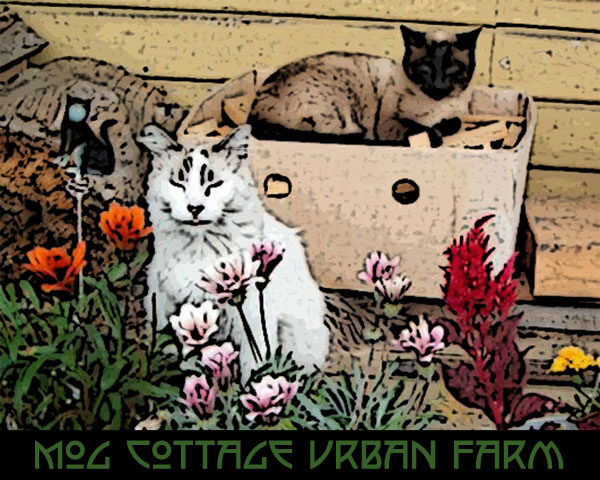 |
| Doing in the weeds while trying not to torch the Lavenders. |
Sometimes you just have to get out the big guns. The minute my back is turned, the weeds know and burst forth in abundance. Now, I'm not one to advocate nasty chemicals. One solution would be to use salt. Another, vinegar. I've tried them all. I've mulched and pulled and planted out, but there are times when you just can't win.
Not liking the idea of contributing to Ortho or Bayer, I tried one last trick in the book. Fighting Fireweed with well, fire. Instead of supporting Bayer, I was about to run off to the garden center and get one of those propane torches designed to target weeds. You simply blast them with 1500 degrees of fire that cooks their little roots. Then Roland proclaimed out of the blue that he had a torch. After he dug through his work van for a while, he brought out what I would describe more as a flame thrower. Not the cute little tip that heats an area the size of a quarter. No, this thing could take out a large shrub!
 |
| No, I'm not burning my toes off! |
So, I set up the hose in order to grab it and spray out any unnecessary fires that developed and got to work. The whole apparatus consists of a 3 inch torch end connected by a hose to a large tank; the kind that usually gets attached to gas barbeques. You squeeze a handle on the torch like you would a watering wand. Upon my first blast, a napalm size flame shot out and took out the weed, head to toe. It also took out some of the lavender, which is highly flammable due to its essential oils. So, I decided I'd better wet down the areas first where I wanted to torch these invasive opportunists. That worked better. I only took out several lower lavender branches when I got too close.
It worked really well on most everything except of course, creeping buttercup. If hell has a weed, it's creeping buttercup. A week later it was baaaaaack.
I'll have to admit, I had a distinct feeling of power and satisfaction while setting the weeds on fire. "Take that you #%!&#! weeds!"
By the way, the torch also works well starting charcoal to barbeque. A few seconds of blasting flame and the charcoal is lit.








